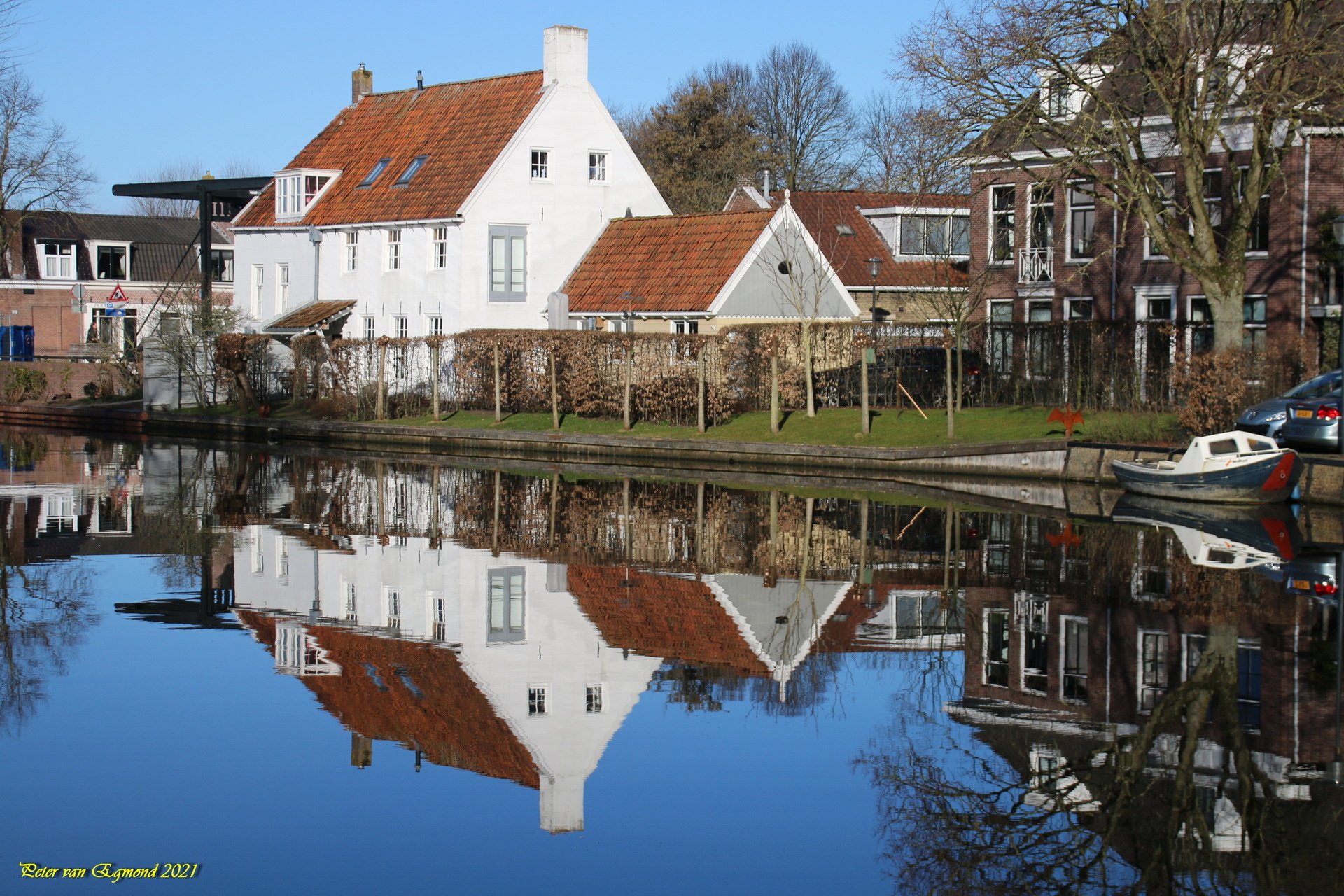
SSHUW De Swette, Hunter House and Last Penny
The Swette, Hunter's House, Last Stuiver.
The towpath along the Swette was constructed by the municipality of Sneek in 1646. Sneek had a number of tollhouses built, which were rented out to tollgatherers who were also farmers and innkeepers. The tollhouses usually included a "ferry". The tollhouses between Sneek and Leeuwarden were among others at Loënga, Scharnegoutum, de Flearen, Dearsum, de Dille, (Easterwierrum) Reduzum, Weidum, Mantgum and Boksum. At the tollhouses the boatmen of the barges could change their horses. It was also the place where the local cargo and mail was loaded and delivered to the places along the route and to Sneek or Leeuwarden. And of course the passengers of the trakschuit could get on and off there and get a drink. The Swette, also called Leeuwarder- or Sneekertrekvaart is the water connection between Sneek and Leeuwarden. The canal is part of the Elfstedentocht. The Swette forms the border between Oostergo and Westergo or east and west Fryslân. This is also where the name comes from because 'zwet' or 'zwette' means border. In later times the course was adapted and used as a tow canal between Sneek and Leeuwarden. When the first draught barges to Leeuwarden came into use, the towpath was constructed around 1650.
The Hunter's House.
The Jagershuis owes its name to the draught barge and the towpath along which the barge was thus pulled by the Jager with his horse. The expression was that such a horse was "hunted" by a rider, who was called the "jager". Often it was young boys who accompanied the horse. On the train barge in front of the skipper with a servant. On board could accommodate about 30 people. At the beginning and end of a tow canal was often an inn with a horse stable. People could wait here until the barge departed. Hunters and boatmen also gathered here. It will explain the name hunters' house. The train barge was a unique way of public transportation in Europe. The barge sailed on time. So even though on his first trip at 6 a.m., the train captain had only 2 men on board, he had to leave. It was a kind of guild, with a monopoly, overseen by the city government. Because they sailed on time, you could also plan a trip well. With the barge, departure and arrival times were recorded in Almanacs. With sailing passenger ships, you had to wait and see what time you arrived. The trakschuit sailed four times in summer and twice in winter from Sneek to Leeuwarden.